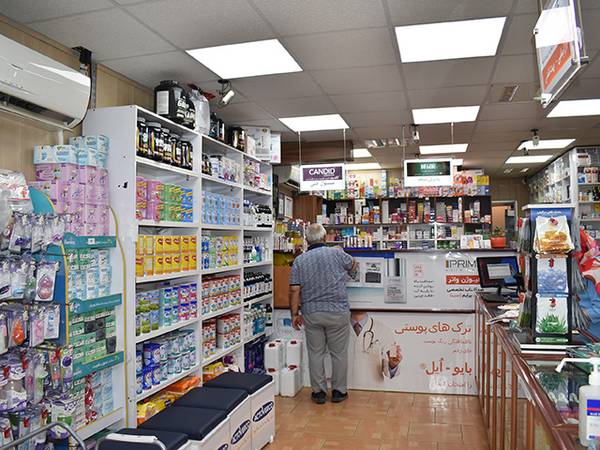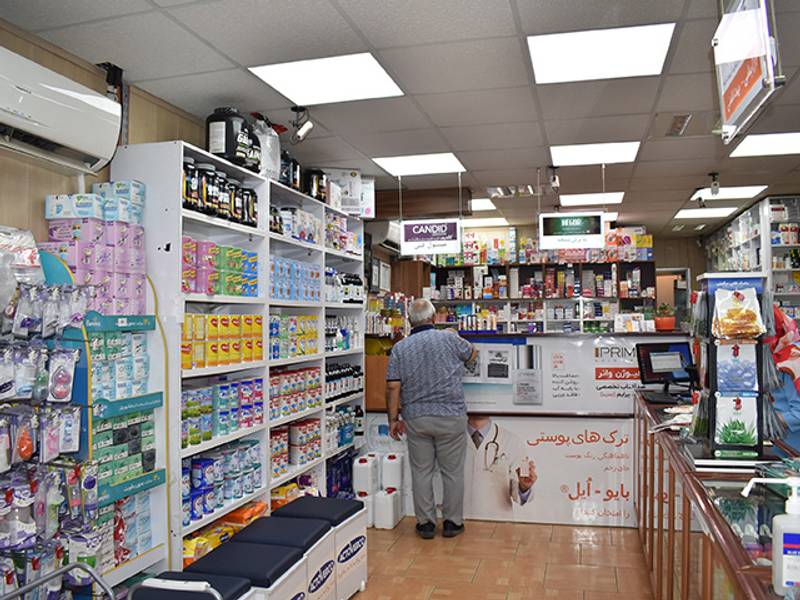Prices of roughly 400 medications covered under Iran’s national healthcare system have increased from 10-20% or even several times higher, the country’s social Security Organization said.
Shahram Ghaffari, Deputy Director of Treatment at the Social Security Organization, said on Wednesday that insurance organizations were slow to implement the new prices, further complicating the country's healthcare crisis for both patients and healthcare providers.
Ghaffari emphasized that with no change in drug subsidies, the financial burden on both insurance companies and individuals has intensified. “As in the past, 30% of the price of outpatient drugs is paid by the insured and 70% by the insurer, and in the inpatient sector, 10% is paid by the insured and 90% by the insurer.”
Iran is grappling with a broader drug crisis. Shortages of over 100 medications, including vital treatments for cancer and rare diseases, have become increasingly common. Concerns about counterfeit drugs, which pose a serious risk to patients' health, are also on the rise.
The Iranian Pharmacists Association recently issued a warning about the non-payment of pharmacies' claims by insurance organizations, saying that the Social Security Organization has only paid a fraction of what is owed.
The fluctuating value of Iran's currency is also a major contributing factor. As the rial's value plummets against the backdrop of fading US talk prospects, the price of everyday goods, including medications, has climbed beyond reach for many, one third of the country living below the poverty line.
Iranian lawmakers have warned that removing subsidy for essential medicines could lead to even more drastic price hikes, potentially making life-saving treatments unaffordable for many Iranians.
Health officials have echoed these concerns, predicting potential price increases of seven to ten times the current levels if the cheap dollar is eliminated.

